Different Types of Mangalsutra Across India
The Mangalsutra, or the sacred thread, signifies the union of marriage. Hindu culture revers it with great importance. The Mangalsutra has widespread use across the country, in different names and forms. Many Indian states have their own version of the Mangalsutra. As a matter of fact, we believe that the tradition originated in South India and later travelled to the Northern states.
‘Mangal’ means holy and ‘Sutra’ alludes to thread. In its bare form, the Mangalsutra is essentially a yellow thread with black beads strung. The groom ties the thread around his bride’s neck at the moment when they solemnise their marriage.
Let’s take a look at the different types of Mangalsutras, their name and significance as we move across the country.
Mangalsutras in the North
The Northern states usually have a black bead chain carrying a gold pendant called the Tanmaniya. Made of gold, these come in a variety of designs. In most North Indian weddings, the groom ties the thread around his wife’s neck in another ceremony.
However, some regions don’t have the tradition of the Mangalsutras at all. For instance, in Bengal, the bride doesn’t wear a Mangalsutra. Instead, she wears Shakha Paula bangles (Shakha means ‘conch’ and Paula means ‘coral’) on each hand. The Marwari populace also traditionally do not have the custom of Mangalsutra. However, with the increasing pop culture associated with the Mangalsutra ceremony, they too have taken to sporting identical jewellery.
Even the brides of Oriya do not traditionally wear any Mangalsutra. Communities that follow the ritual of Mangalsutra are also quite superstitious about it. Losing or breaking the Mangalsutra is considered highly inauspicious and regarded as a bad omen for married life.
Mangalsutras in the South
In the south, the Magalsutra has different names in different communities. It even changes according in accordance to the caste and sub-caste of the family.
Tamilians call it Thaali or Thirumangalyam. The Thaali has around 30 shapes and forms! In most cases, the Thaali represents the family deity or the Goddess Supreme. It is usually wrought in gold, but for families who cannot afford the gold, they use an alternative – a piece of turmeric tied to the gold thread.
Kerala has a good number of varieties of the sacred thread. And here, it depends on the religion as well. The Syrian Christians of Kerala use an equivalent of the Mangalsutras, called as the Minnu. The Hindus use Thaali known as Ela Thaali in the local language. This is so because the Thaali is usually in the shape of a leaf with the Om symbol embossed upon it.
While the Muslims of Northern Kerala do not use any form of Mangalsutra, their brethren in the Southern part of the state make use of the Thaali during their wedding.
In Andhra Pradesh, the holy thread has many different names – Mangalasutramu / Pustelu / Maangalyamu / Ramar Thaali / Bottu – and these are quite similar to the Thaali found in Tamil Nadu. Essentially, the Telugu Mangalsutra consists of two golden coins separated by beads. One disc comes from the groom, while the other is the bride’s.
In Karnataka, the Maangalya-Sutra is quite similar to the Maharashtrian design of two hollow vatis. There will be two round plates of gold, accompanied by corals, pearls, semi-precious stones and beads.
The shape, size and design of Mangalsutra vary from state to state. But when coming to the concept and the sanctity of Mangalsutra in the life of married women Indians, everything is one.
Cover Photo Courtesy: Imagenation.pro

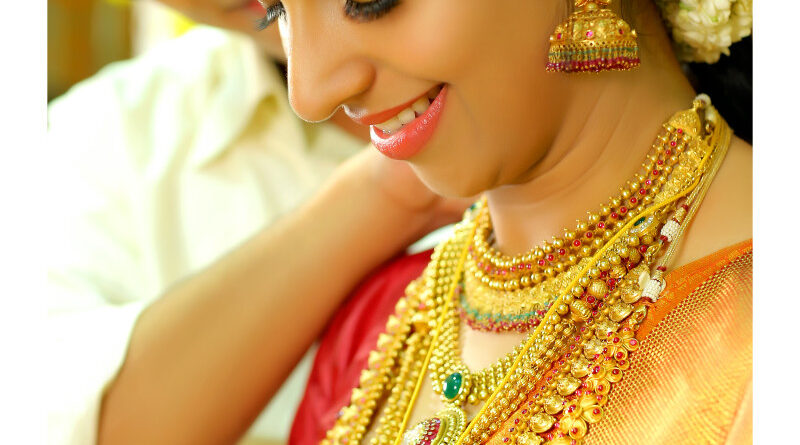


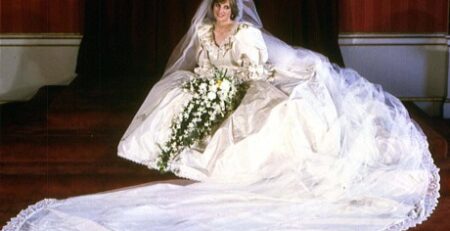
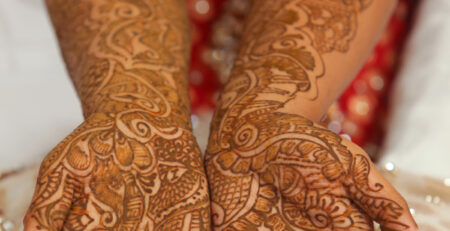
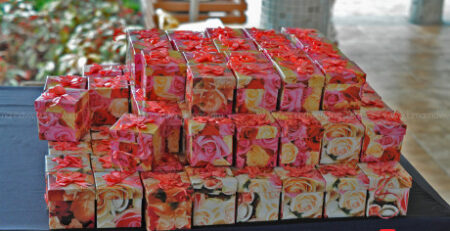

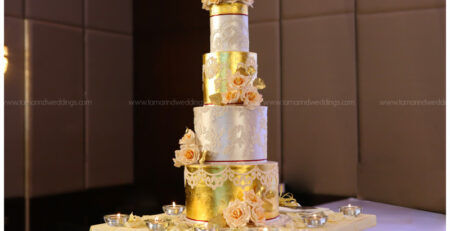
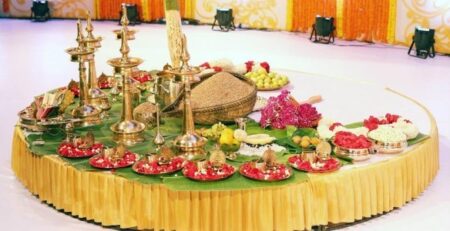
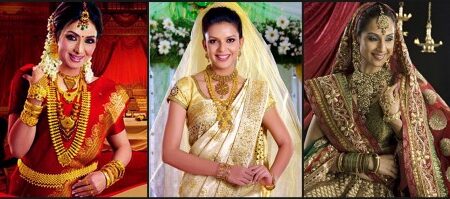
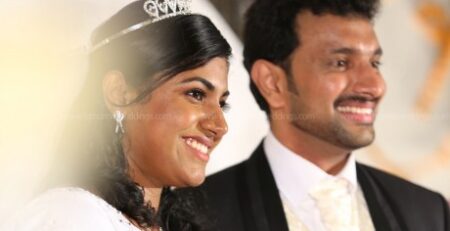

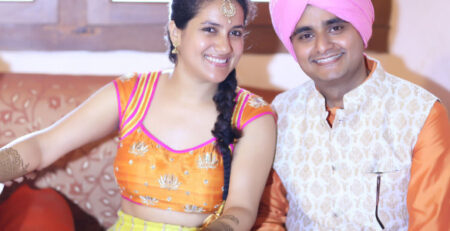
Leave a Reply